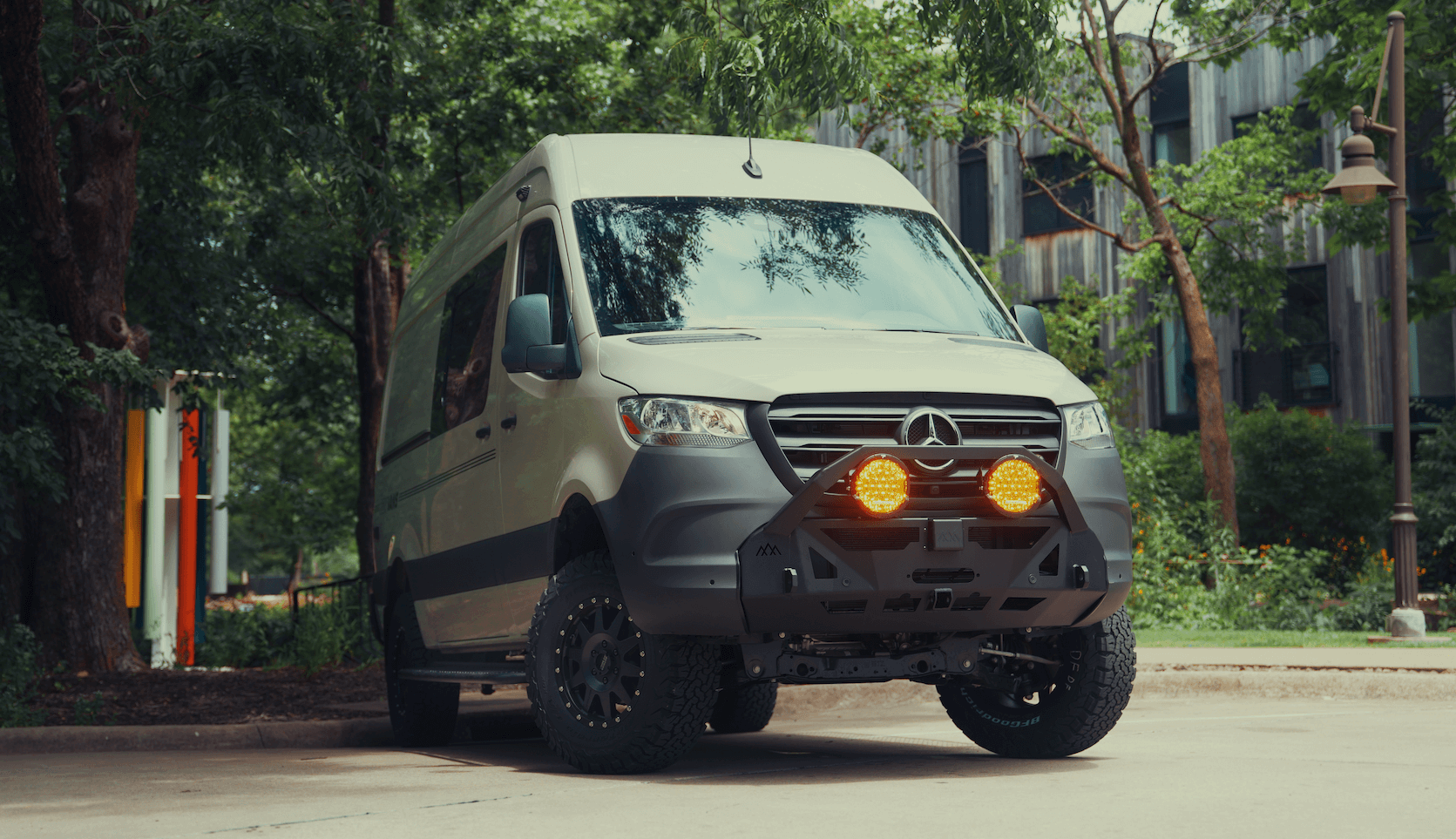Recreational Vans

A smart home van brings familiar home style control to a compact rolling space. Lights dim with a tap. Fans spin up before you arrive. Heat kicks on by schedule or temperature. A central brain ties together power, environmental sensors, security, and entertainment so the cabin stays comfortable with minimal fuss. The goal is not gadgets for their own sake. The goal is simple living with better information and fewer surprises.
Every smart decision in a van flows from energy awareness. A shunt reads current in and out so the system can estimate time remaining under present loads. Pair that with solar harvest and alternator charging and you can automate choices. For example, pause a high draw outlet when batteries dip below a set point or delay water heating until sunlight is strong.
Start with properly sized lithium batteries and protect them with fusing, busbars, and tidy cable runs. Use a battery monitor that logs trends so you can see the impact of cloudy days or long drive segments. An inverter with load support can smooth peaks while prioritizing battery health. Smart contactors and relays let you schedule outlets or disable heavy draws when you need quiet nights.
A reliable internet connection turns a smart home van into a remote friendly workspace. A roof antenna feeding a capable router, and when needed satellite internet, keeps the dashboard responsive from almost anywhere. Local control still matters. Use hardware switches for critical items like lights and fans so you are never stuck without app access. Voice control is handy for quick routines like goodnight that dims lights, locks doors, and sets the thermostat.
Security starts with basics. Solid locks, covered windows where appropriate, and clean cable management to avoid failures. Add door and motion sensors that send alerts to your phone. A camera with local recording and privacy options can help when you leave the van at a trailhead. Tie in a propane detector, smoke detector, and low temperature alert. Automation can trigger lights or a siren if a sensor trips, while keeping false alarms in check.
Smart lighting is the unsung hero. Warm white at night, bright task lighting for cooking, and indirect strips that sip power. Tunable lights can shift color temperature to match day rhythm. Climate tools matter as well. A 12 volt air conditioner and a diesel or gas fired heater managed by a thermostat can hold steady comfort within your battery budget. Vent fans that respond to temperature and humidity keep the space fresh without constant manual tweaks.
Water reveals the value of sensors. Ultrasonic or pressure based tank senders show precise levels, while a flow sensor can alert you to a running faucet before it drains your tank. A grey water sensor prevents overfill in city limits. When combined with a simple rules engine, the system can pause a water pump if a leak is detected and send you a notice.
Entertainment and productivity fit neatly into the same network. A compact server can store media and maps for offline use. Good speakers, a low draw display, and a workstation spot that stows cleanly make long days more enjoyable. The theme is the same. Integrate lightly, keep controls obvious, and favor components you can service on the road.
Start with a map of needs rather than a wish list of devices. Define daily energy budget, number of work hours on screens, climate expectations, and storage limits. Select components that speak common protocols so parts can be replaced without rewriting the system. Label every wire and document fuses and settings. Redundancy saves trips. Keep manual controls for lighting, water, and ventilation in case a hub or router takes a break.
Avoid stacking too many layers of software. A van thrives on clarity. Choose one primary app for status and simple automations, and let critical devices run with native controls if the network disappears. Test updates when you have shore power and time to roll back if needed. Finally, plan airflow for electronics and keep power gear isolated from damp storage.
After the planning comes the build. This is where clean wiring, solid power design, and thoughtful device placement unlock the promise of the smart home van. Our team designs for real travel with serviceable layouts, sensible routing, and tested components. Whether you want voice controlled lighting, climate scheduling, satellite internet, or a full energy dashboard, we integrate it into a van that feels natural the first time you step inside.
A smart home van should remove friction, not add it. Tell us how you travel, where you camp, and what you power. We will specify batteries, charging, networking, lighting, and controls that match your route and your schedule. Expect a calm cabin, quiet power, and a dashboard that answers every what if with a glance.
What we build
Ready to start. Fill out the form and we will map your smart home van from concept to delivery, then hand you the keys with a walkthrough that makes every feature second nature.
Ready to plan a smart home van that just works? Tell us how you travel and we will design a reliable, serviceable system with clean wiring, strong power, and intuitive controls. Start your build plan now and let OZK turn your vision into a road proven rig.
ADDRESS:
6159 E Huntsville Rd, Fayetteville, AR 72701
PHONE:
(479) 326-9200
EMAIL:
info@ozkvans.com